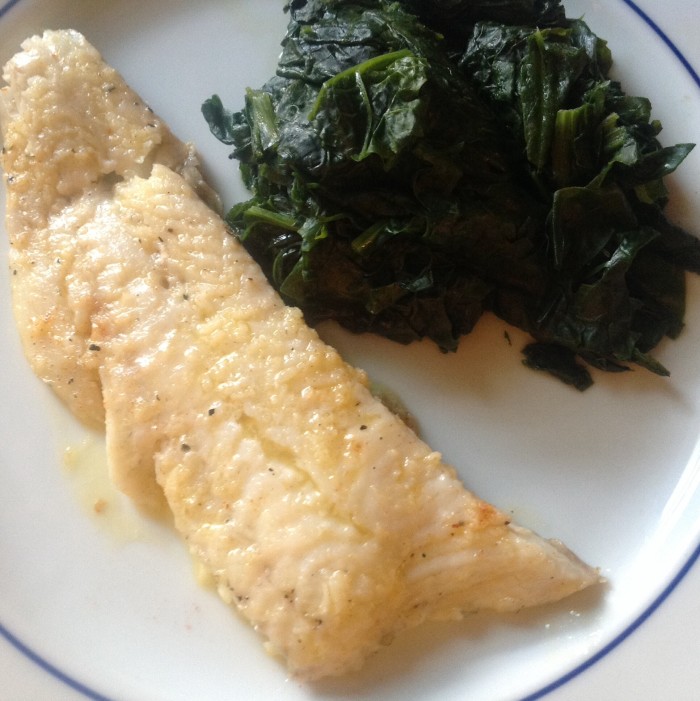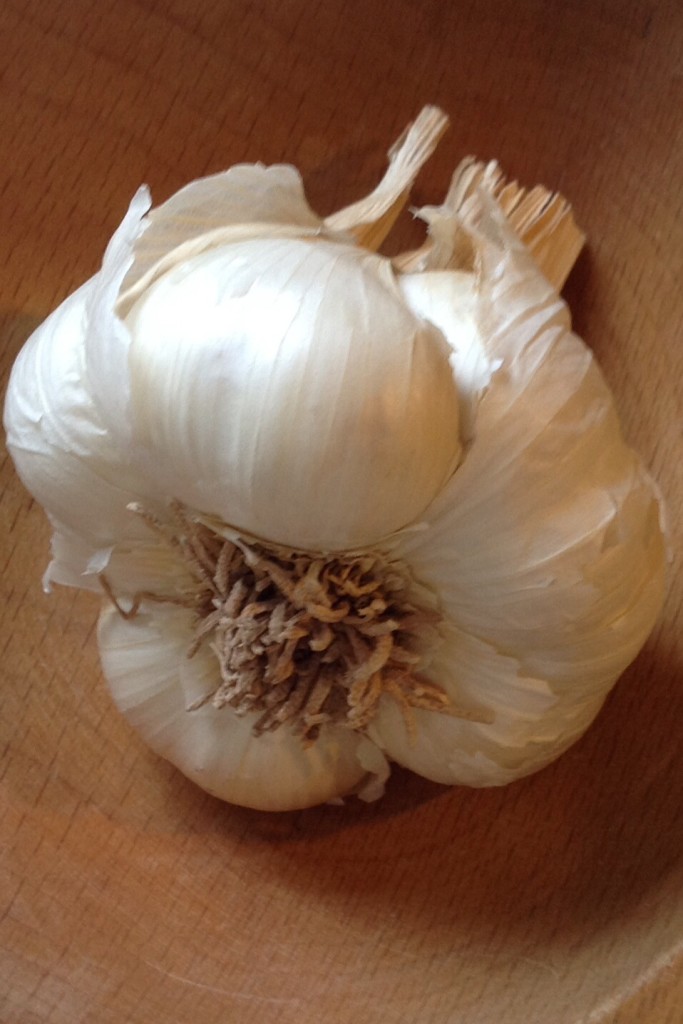Fall is the season for so many good healthy vegetables. Brassica like kale, rapini, cauliflower, sprouts. Celeriac. Onions. Late season storage carrots. And squashes like butternut, spaghetti, pumpkin, and acorn.
My CSA Keeps sending me squashes and I have a problem. Acorn squash and speghetti squash make me gag.
All vegetables are healthy but some vegetables are more healthy. Pigment color is the marker for certain phytonutrients. Red, yellow, and orange fruits and vegetable are rich in carotinoids. And winter squash is nothing if not deep orange. That deep vibrant color marks heavy concentrations. So I have tried on many occasions and failed. Acorn squash just makes me gag.
Besides there is no point in signing up for a CSA and then not eating what arrives each week. Or at the very least giving it away.
Pictured above are two acorn and one sweet dumpling. And I anticipate more squash next week. It’s squash season.
So last week I put on my creative cooking cap and came up with the following solution. Every Thanksgiving I make pumpkin pie. Pumpkin is a squash in the same family as acorn so what would happen is if I just substituted the same amount of steamed acorn for canned pumpkin?
And my good idea worked beautifully. Acorn squash makes an excellent pumpkin pie. We can’t say my pie is as healthy as a serving of the vegetable because the squash comes along with added sugar and more refined carbohydrate which dilute the phytonutrition. However it’s fresh, local, and delicious. I can eat it without gagging and not a single squash will go to waste. Each of my acorn squash pies makes 6 servings so at 340 calories per piece, we are going to need to keep our eye on portion size and frequency.
Here are the proportions I used:
1 2/3 cup purée (pumpkin, acorn squash)/ 400 grams
2 eggs
3/4 cup turbinado sugar / 150 grams
2/3 cup milk / 150 ml
1 tablespoon flour
2 1/2 tablespoons butter / 30 grams
1 teaspoon vanilla
1 teaspoon cinnamon
1/2 teaspoon nutmeg
1/4 teaspoon salt
1 prepared 9 inch graham cracker crustSteam acorn squash or open the canned pumpkin. Melt butter. Assemble ingredients. Combine squash or pumpkin, eggs, sugar, milk, flour, butter, vanilla, spices, salt in mixing bowl. Whisk just enough to blend thoroughly. Pour into 9 inch graham cracker crust. Bake at 425F for 20 minutes. Reduce temperature to 350F and bake addition 40 minutes. Remove and cool at least 2 hours before serving.










